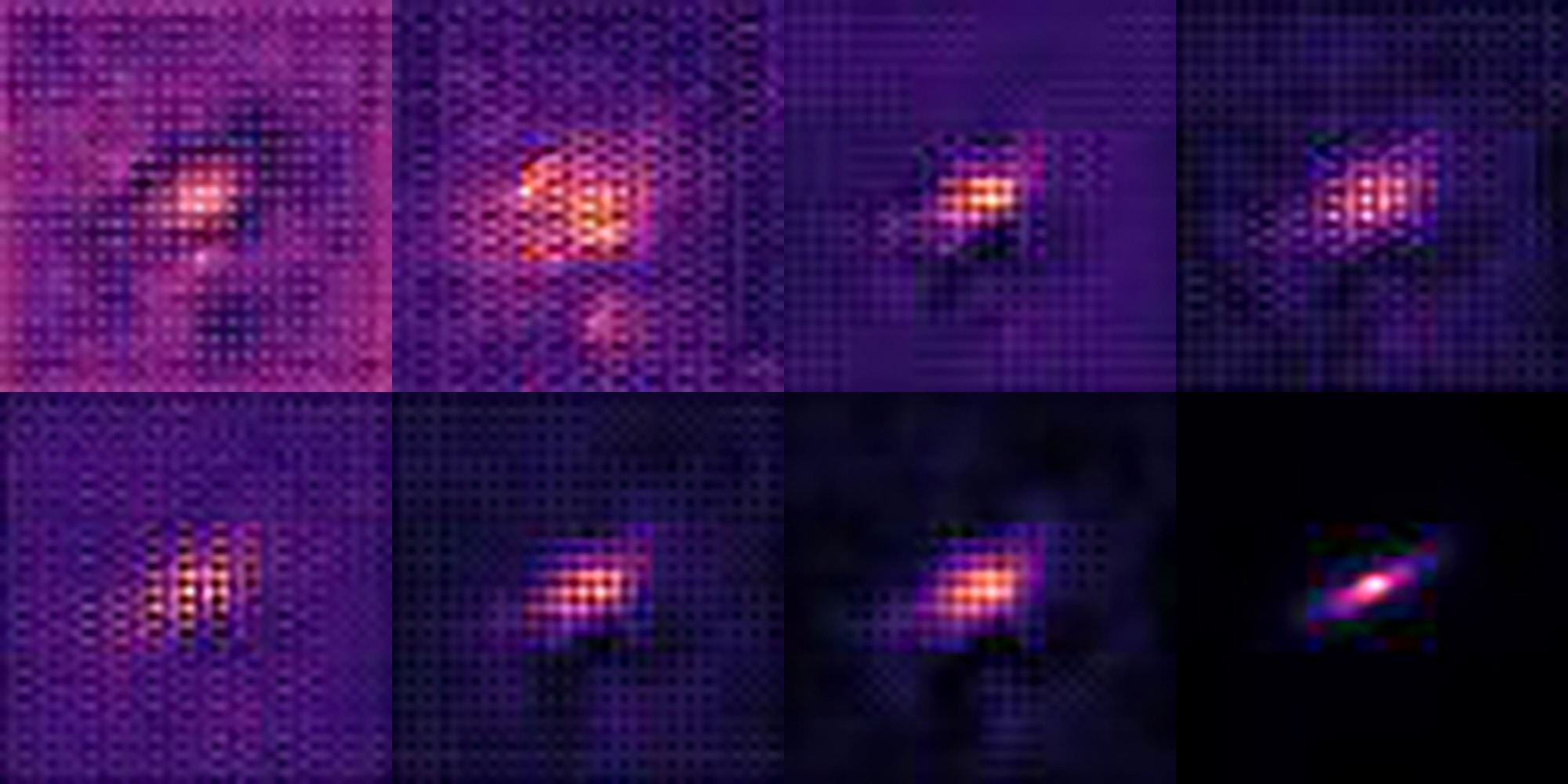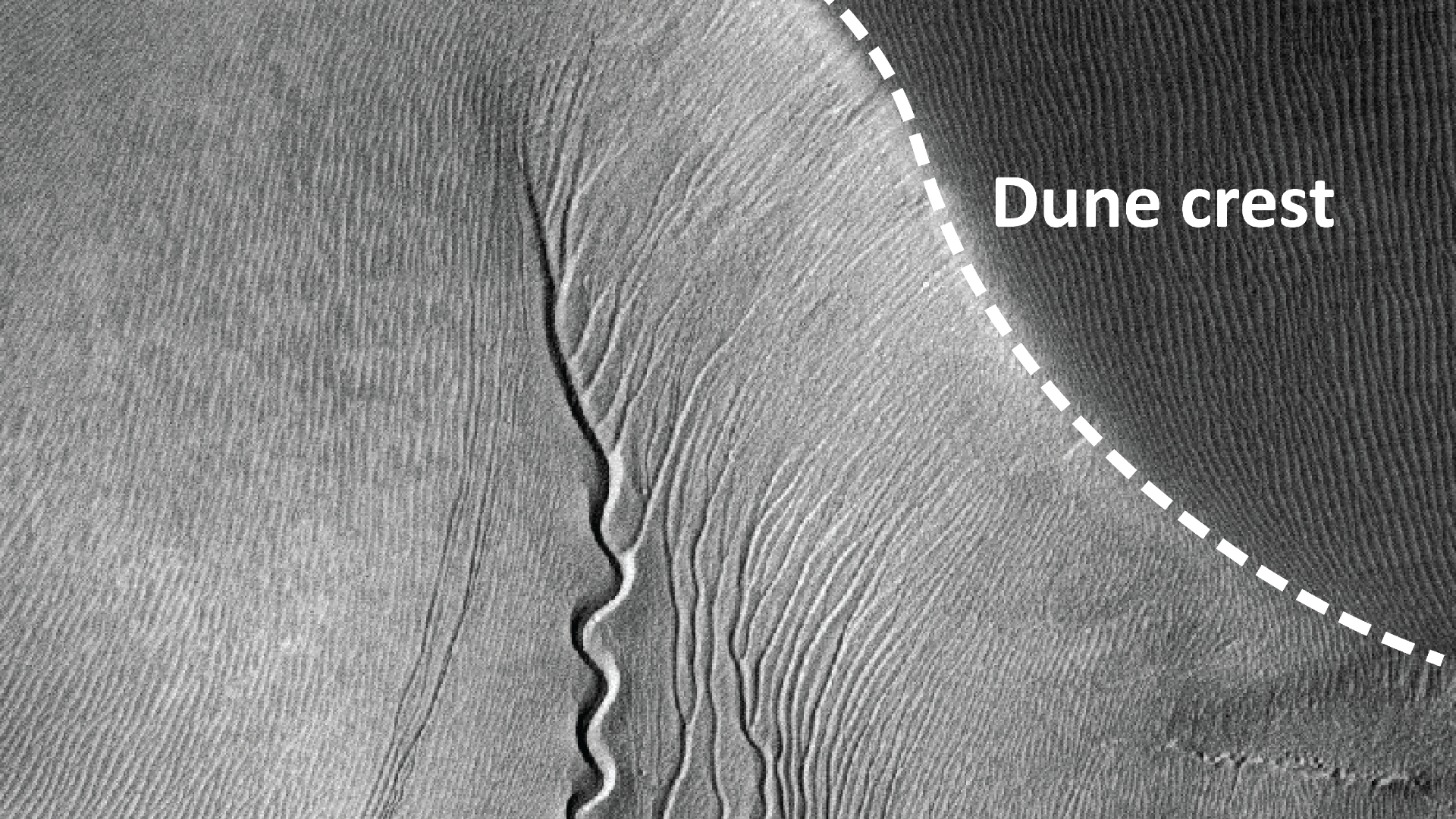Astronomers develop new AI software to sharpen photos from ground-based telescopes
The software is an adaptation of the same technology you use to improve your selfies.

While we're big fans of Earth's atmosphere for keeping us alive, it does hamper our ability to take crystal-clear images of deep space.
That's why Emma Alexander of Northwestern University in Illinois and Tianao Li of Tsinghua University in Beijing have developed new AI-powered software that can sharpen such images.
Earth's atmosphere often blurs images taken by ground-based telescopes. "It's a bit like looking up from the bottom of a swimming pool," Alexander said in a statement. "The water pushes light around and distorts it. The atmosphere is, of course, much less dense, but it's a similar concept."
Related: Four ways artificial intelligence is helping us learn about the universe
This poses a problem for scientists studying images of deep-space objects.
"Slight differences in shape can tell us about gravity in the universe. These differences are already difficult to detect," said Alexander. "If you look at an image from a ground-based telescope, a shape might be warped. It’s hard to know if that’s because of a gravitational effect or the atmosphere."
While removing atmosphere-induced blur is a standard part of astronomical image processing, this new AI-powered tool is more accurate than classic methods and more modern methods of blur removal — by 38.6% and 7.4%, respectively.
Breaking space news, the latest updates on rocket launches, skywatching events and more!
The new technique is an adaptation of existing software used to sharpen photographs, but this marks the first time it's been applied to images from ground-based telescopes.
To train the deep-learning AI, the team used images taken by the Hubble Space Telescope — which doesn't have atmospheric blur due to its location in Earth orbit — introduced simulated atmosphere-induced blur, and downsampled the images to the resolution of the Vera C. Rubin Observatory, a powerful telescope currently under construction in Chile. Once Vera Rubin comes online in 2024 or so, the software will be perfectly calibrated for immediate use.
Alexander and Li have made the software code open-source, which allows anyone to adapt it to different observatories. "Now we pass off this tool, putting it into the hands of astronomy experts," said Alexander. "We think this could be a valuable resource for sky surveys to obtain the most realistic data possible."
A study about the software was published in the journal Monthly Notices of the Royal Astronomical Society on March 30.
Follow Stefanie Waldek on Twitter @StefanieWaldek. Follow us on Twitter @Spacedotcom and on Facebook.
Join our Space Forums to keep talking space on the latest missions, night sky and more! And if you have a news tip, correction or comment, let us know at: community@space.com.

Space.com contributing writer Stefanie Waldek is a self-taught space nerd and aviation geek who is passionate about all things spaceflight and astronomy. With a background in travel and design journalism, as well as a Bachelor of Arts degree from New York University, she specializes in the budding space tourism industry and Earth-based astrotourism. In her free time, you can find her watching rocket launches or looking up at the stars, wondering what is out there. Learn more about her work at www.stefaniewaldek.com.
